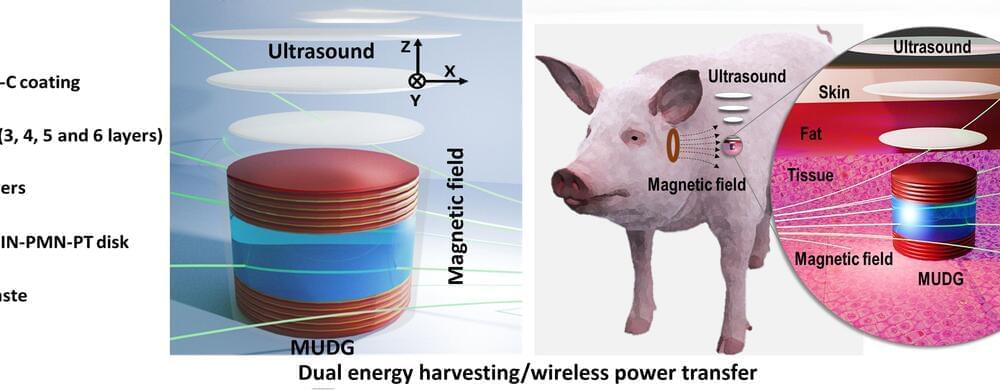NASA is using an AI-powered technique called “generative design” to dramatically speed up the process of designing hardware for upcoming missions — and one of the first AI-designed missions will use a massive balloon to lift a telescope to the stratosphere.
The need: Weight is one of the most important considerations when NASA engineers are designing parts for new spacecraft — the heavier the final object is, the more fuel will be needed to launch it, and the more expensive the mission will be.
However, engineers can’t sacrifice strength in the name of keeping weight down — if a part breaks once it’s in space, replacing or repairing it typically isn’t an option.








